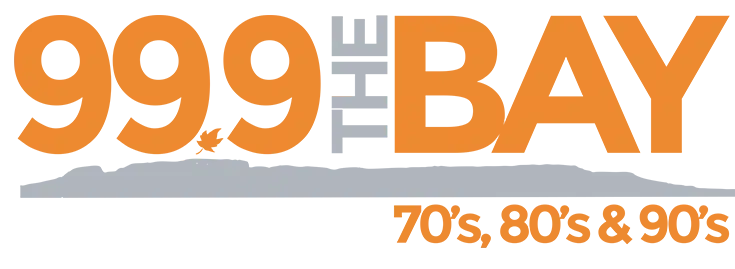
Students of St. Mary’s Residential School. Photo courtesy of the National Centre for Truth and Reconciliation.
Leadership with Wauzhushk Onigum Nation near Kenora say they’ve found up to 171 possible grave markers on their traditional territory, after searching the former St. Mary’s Indian Residential School site.
Chief Chris Skead and the community’s Kaatagoging Survivors Group began their search in May 2022 – showing at least 171 anomalies within cemetery grounds associated with the former school. They say apart from five grave markers in place, the remaining areas are unmarked.
Next, the community says they plan to conduct additional investigations at several sites which have been identified through the testimonies of survivors, archaeological assessments and more. They note that some of these searches are on private lands, and they’re working with the province for support.
“Both Canada and Ontario have continued to express commitment to reconciliation, to the truth and to the healing of our communities,” said Chief Skead. “We look forward to hearing if they will continue to honour these commitments.”
Originally opening back in 1897, the Rat Portage Boarding School eventually became St. Mary’s Indian Residential School in 1938 and was operated by the Roman Catholic Church near the current Golden Eagle Entertainment Facility site until it closed in 1972.
The National Centre for Truth and Reconciliation says their records show at least 36 students passed away while attending the school. Overall, roughly 6,000 children attended St. Mary’s from sixteen Treaty #3 communities, and the death toll is believed to be much higher.
Documents from the National Residential School Survivor’s Society also show that staff performed nutritional experiments with illegal flour on children in their care between 1942 and 1952, students were denied dental treatments, a smallpox outbreak occurred in 1913 and a fire destroyed a dormitory building in 1938.
Additional photos from St. Mary’s Residential School can be found through Algoma University HERE.
Wauzhushk Onigum received $2.9 million from the provincial and federal governments to identify any potential burial sites in their territory in August, 2021. Ontario is also providing $500,000 in mental health funding, with Indigenous Services Canada committing $70,000 for cultural programming.
Nationally, Canada operated over 150 Indian Residential Schools for over 140 years. The last remaining residential school, the Gordon Residential School in Saskatchewan, closed in 1996.
An estimated 150,000 Indigenous children were forcibly taken from their homes and forced to attend the schools and assimilate into settler culture, which included giving youth new names, haircuts and identification numbers.
The dark history of Canada’s Indian Residential Schools was brought to light after the discovery of 215 unmarked grave sites in BC’s Tk’emlúps te Secwépemc First Nation in May of 2021 – prompting other communities to start their own searches.
The National Centre of Truth and Reconciliation says they have records of at least 4,127 children lost through residential schools as of the end of 2021, prior to them receiving additional outstanding records from the federal government.
In memory of St. Mary’s students:
Albert Joseph-Henry
Ambrose Skead
Amos Blackhawk
Antoinette Tap-Pee
Bernadette Strong
Cathline Thomas
Charlie Mechangabo
David Redsky
Elise Indian
Elizabeth Thomas
Jim Flim
John Jack
Joseph Blackhawk
Joseph Netawegabo
Joseph Thomas
Josephine Seymour
Josephine Shebawkwan
Joyce Bluebird
Louis Strong
Mabel Skeid
Margaret Peetawekijick
Mary Strong
Marie Therese Bob
Martha G Sukedjeweskang
Michael Charley Macheegabow
Nancy Keewatin
Norman Robinson
Peter Kapkagesik
Phillip Swain
Robert Thompson
Roderick Keesick
Rosaline Bird
Sarah Jack
Thos Wawanapetungs
Victoria Kelly
William Kennedy
If you are a residential school survivor, you are able to contact the 24-hour National Crisis Line at 1-866-925-4419 for support. Indigenous people can also access the Hope for Wellness Help Line at 1-855-242-3310 or online chat at www.hopeforwellness.ca.
—–with files from Ryan Forbes



